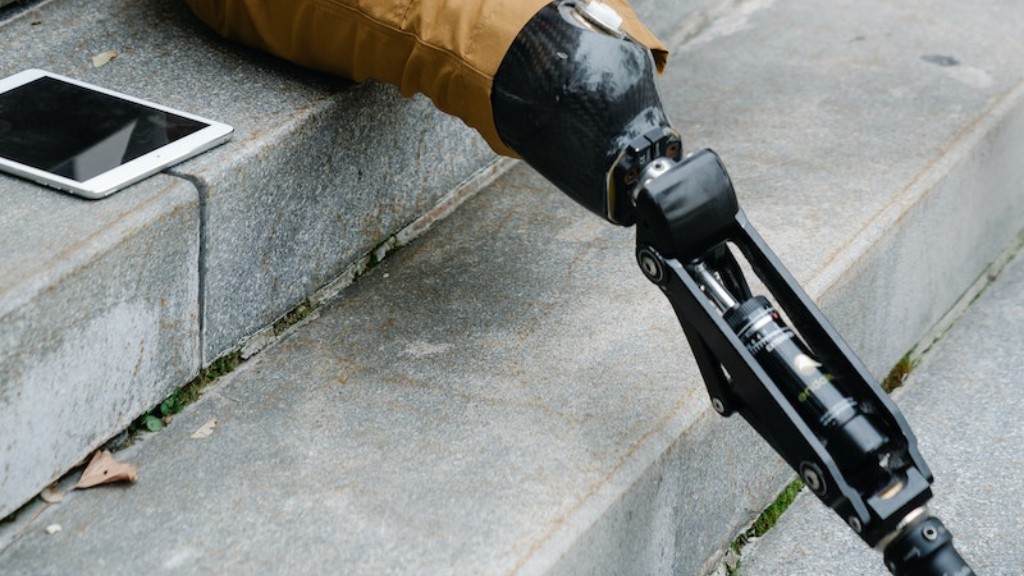How to Make Prosthetics Mold from Silicone Putty
The advancements in technology have brought about significant changes in the field of prosthetics, allowing for the development of more realistic and comfortable devices. One crucial element in creating prosthetics is the mold-making process, which determines the fit and functionality of the final product.
Silicone putty has emerged as a popular material for making prosthetic molds due to its flexibility, durability, and ease of use. This article will explore the steps involved in creating prosthetics molds from silicone putty, considering both the positive and negative implications of this approach.
Step 1: Prepare the Mold
The first step in making a prosthetic mold from silicone putty is to prepare the mold itself. This involves cleaning and drying the area of the body where the mold will be taken. It is crucial to maintain proper hygiene during this process to prevent any potential infections or complications.
Step 2: Prepare the Silicone Putty
Next, the silicone putty must be prepared according to the manufacturer’s instructions. This typically involves mixing two components together until they form a homogeneous mixture. It is important to follow the instructions carefully to ensure the desired consistency and properties of the putty.
Step 3: Apply the Putty to the Mold Area
Once the putty is ready, it should be carefully and evenly applied to the desired mold area. It is essential to be precise in this step to ensure an accurate mold that captures the necessary details for the prosthetic device. The putty should be applied smoothly without any air bubbles or inconsistencies.
Step 4: Allow the Putty to Set
After applying the putty, it needs time to set and cure properly. The curing time varies depending on the specific type of silicone putty used, but it usually takes several minutes to an hour. It is crucial to allow sufficient time for the putty to harden completely for an optimal mold result.
Step 5: Remove the Mold
Once the silicone putty has fully set, the mold can be carefully removed from the body. This should be done gently to avoid any damage to the mold or discomfort to the individual. The mold can then be used to create the prosthetic device, ensuring a customized fit for the specific individual’s needs.
The Positive Implications
The use of silicone putty for prosthetics molds offers several advantages. Firstly, it provides exceptional flexibility, allowing for the creation of molds that accurately capture the unique contours of an individual’s body. This ensures a comfortable and secure fit, minimizing the risk of discomfort or complications.
Furthermore, silicone putty molds are durable and can withstand repeated use. This longevity allows for adjustments and modifications to be made as needed, saving time and resources. Additionally, silicone is hypoallergenic, reducing the risk of adverse reactions for individuals with sensitive skin.
The Negative Implications
While silicone putty molds present many benefits, there are also some challenges to consider. One of the primary concerns is the cost associated with this method. Silicone putty can be relatively expensive, particularly when compared to alternative mold-making materials.
Moreover, creating silicone putty molds requires a certain level of skill and expertise. Improperly made molds can result in ill-fitting prosthetics and potential discomfort for the wearer. Therefore, it is essential for professionals in the field to receive adequate training and practice to ensure optimal results.
Food for Thought
The use of silicone putty for prosthetic molds has revolutionized the field of prosthetics, offering customized and comfortable solutions for individuals in need. However, further research and development are needed to make this technology more accessible and cost-effective.
As advancements continue, it is crucial to explore alternative materials or techniques that could potentially address the challenges associated with silicone putty molds. Collaboration and innovation within the scientific and medical communities can drive progress in this field, ultimately improving the quality of life for individuals requiring prosthetic devices.
Have you or someone you know used a prosthetic device? What was the experience like? Share your thoughts, experiences, and suggestions in the comments below.




